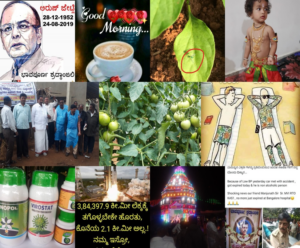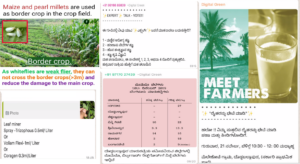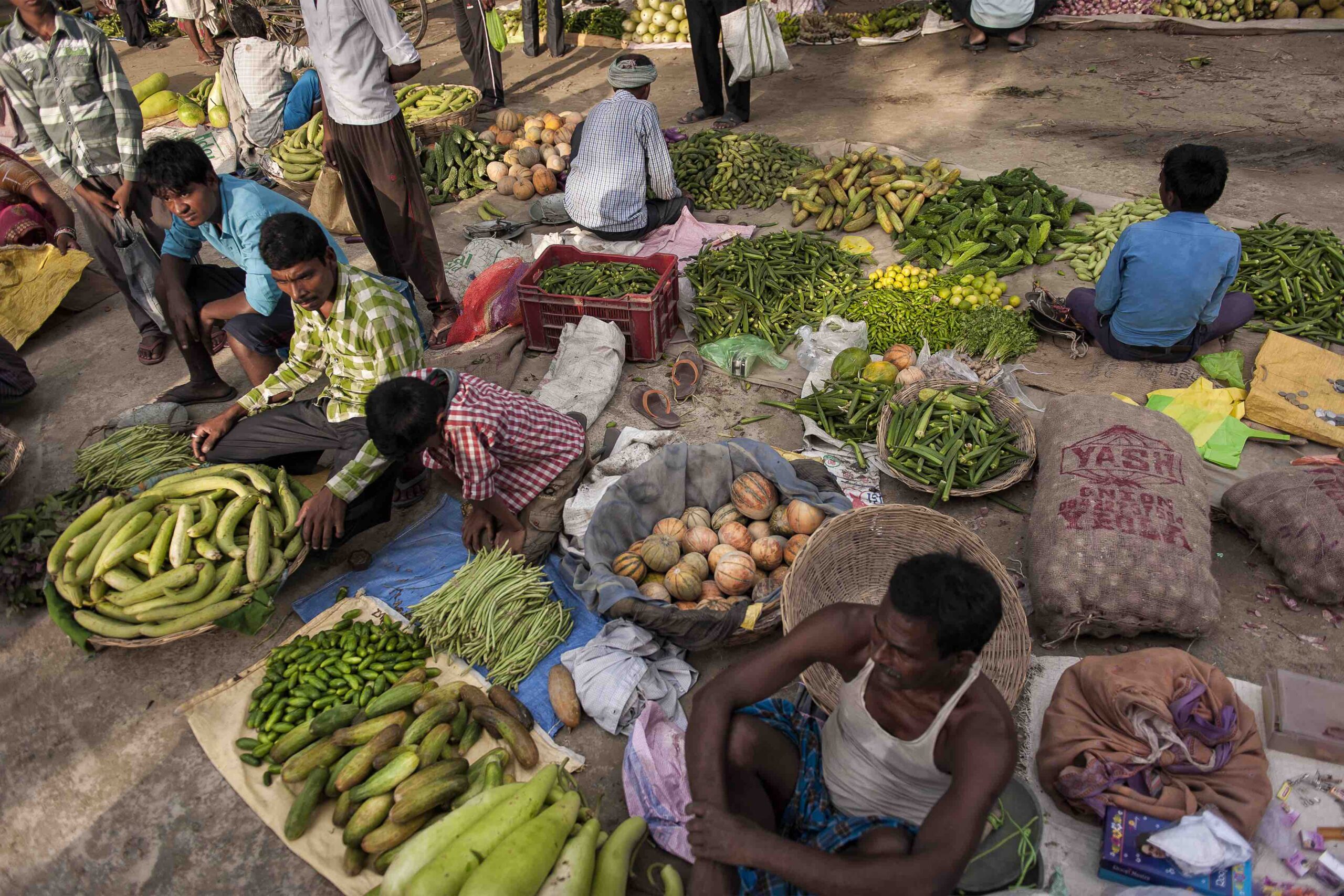While mobilization of farmer groups in India is a promising and accelerating trend, sales and marketing remain key challenges for these groups.
Supply-side Story
India has an estimated 300 million farmers and farm laborers who struggle to earn a living through the market channels available to them today. Farmers are increasingly coming together to form producer groups through which they can realize economies of scale, reduce input costs, strengthen their bargaining power, and access finance for working capital and purchasing catalytic infrastructure. There are ~6,000 active producer groups in India today and the government aims to mobilize a further 10,000 in coming years. While still nascent, ~30% of these groups are well organized and have reached maturity to take on primary value addition activities like aggregation, grading and sorting, arranging transport logistics and managing customer support. They are universally seeking innovative sales and marketing tools and services.
Demand on an upswing
At the same time, households want convenient access to healthy, safe products. There are 166 million middle and high-income households in India today and that is expected to double by 2030. Healthy and organic purchases of food consumed at home is estimated to drive USD 1.4 trillion in incremental spend for this growing cohort. These consumers want to know where and how their food is produced with growing concern about pesticide use. Such preferences are not limited to elite urban consumers anymore. Food and grocery retail in India is a USD 300 billion market today and less than 0.5% is online. COVID-19 has accelerated exposure to and interest in purchasing food products online and now is an opportune time for producer groups to directly cater to this growing demand.
Challenging Status-quo
Digital Green is piloting a digital platform, Loop, that Farmer Producer Organizations (FPOs) can use to easily publish a product catalog, receive orders, collect payments and communicate with their customers through chat and automated notifications. The FPOs are responsible for grading and sorting, packing and delivering products to their customers.
Loop digitizes sales transactions and generates a rich dataset of hyper-local prices and customer preferences, which are translated to market insights that enable farmers to increase their earnings. Unlike traditional traders and digital aggregators, Loop empowers farmers’ position in the market to communicate their distinctive stories and build direct relationships with consumers.
Loop collects a small transaction fee on sales transactions completed through the platform which funds development and maintenance of the platform.
Adding a Cutting Edge
WhatsApp is the most widely used communication platform in India and is increasingly being leveraged by small businesses for commerce. Loop leverages AI-enabled WhatsApp chatbots to help producer groups efficiently manage basic customer service queries and integrates voice-based features to drive business activities like tracking orders and updating product availability, which will increase the inclusivity of the platform, especially for non-literate farmers, especially women.
An additional innovation of Loop is the team buy model. Producer groups set a minimum purchase volume and a pre-set delivery date; consumers form virtual teams and pool their purchases to reach that minimum volume. Each team assigns a lead who receives physical delivery of the goods on behalf of the other team members and they arrange last-mile distribution among themselves.
Digital Green’s research on household consumption patterns and preferences suggests this model is differentiated and compelling for consumers. It delivers on a desire for value (bulk purchase = lower price), responds to consumer interest in knowing where their food is coming from and how it’s grown, while retaining the convenience of online ordering and home delivery, tapping into the inherently social nature of food shopping. Team-buy also makes direct to consumer sales and delivery economically viable for producers as it increases the average order size, introduces “virality” which reduces customer acquisition costs, reduces the number of delivery points, reduces wastage since producers have confirmed purchases rather than guessing demand which enables them to optimize farm operations around batch orders.
Loop is an initiative of Digital Green, a global development organization that empowers smallholder farmers to lift themselves out of poverty by harnessing the collective power of technology and grassroots-level partnerships. This present iteration of Loop builds on Digital Green’s experience operating a shared transport service which helped 23,000 farmers move 123,000 tons of produce worth about USD 17 million to local markets and realize price increase and cost savings. Loop is operational on a pilot basis in Andhra Pradesh, India today. Through Loop, we envision a just, resilient and human food system. Just – with increased earnings for farmers; Resilient – emphasizing local supply chains, sustainable practices and indigenous foods; Human – where producers and consumers build personal connections.

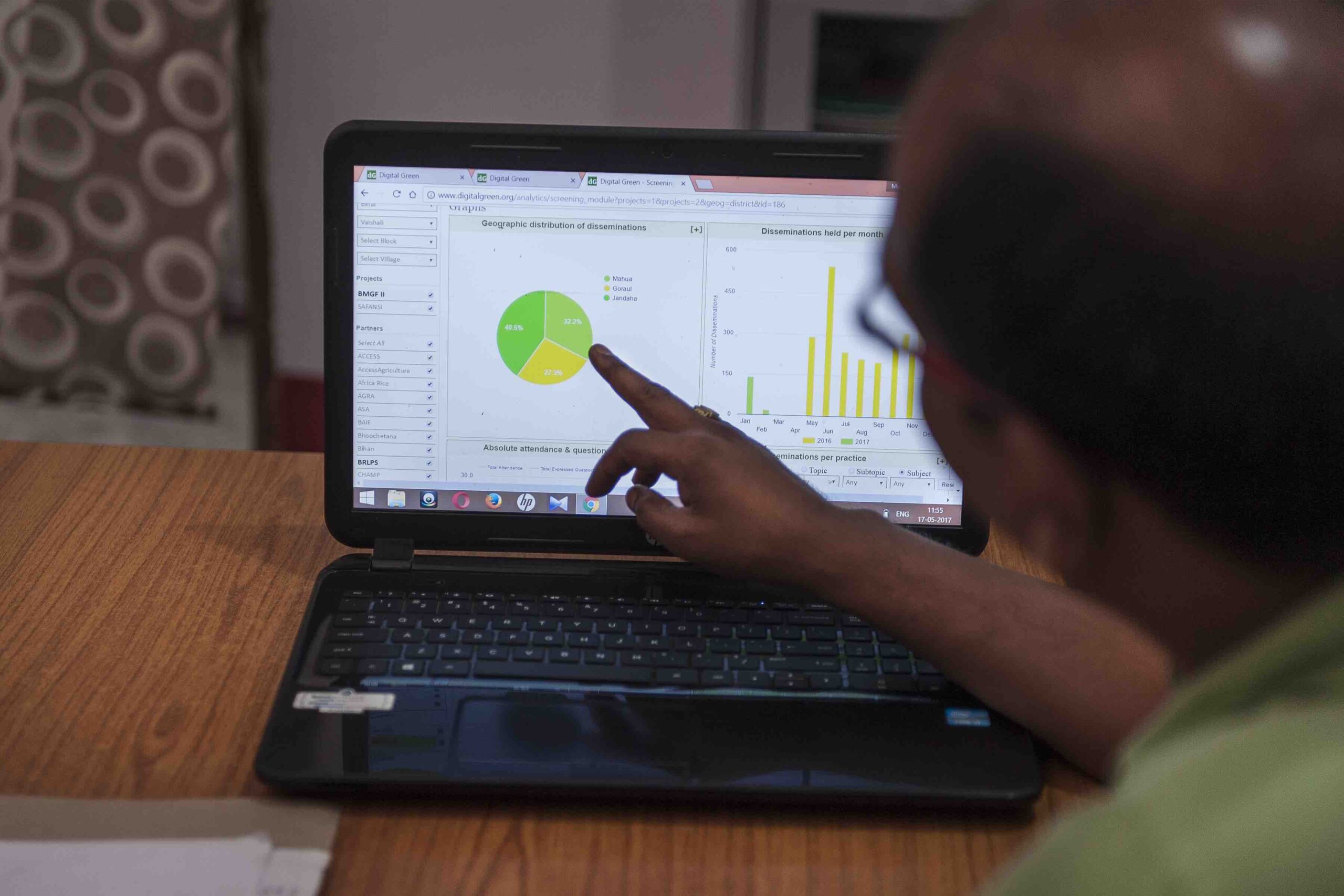
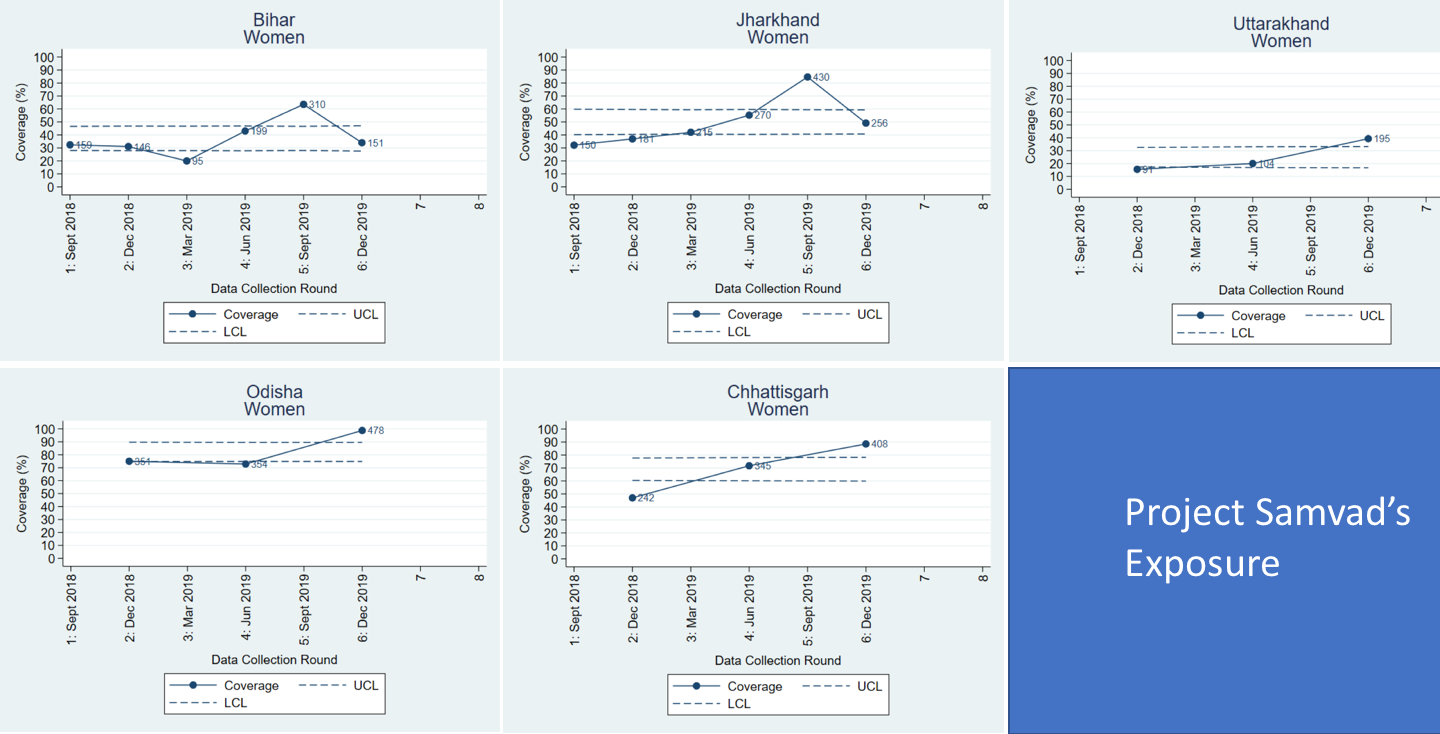
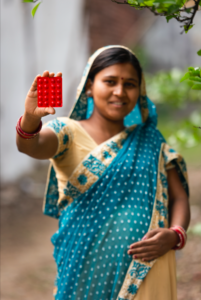 Tracking the availability of commodities
Tracking the availability of commodities